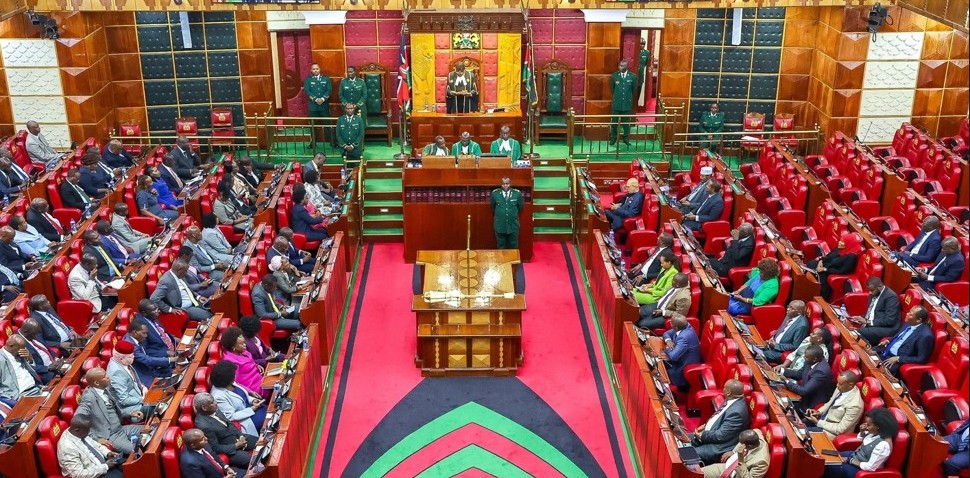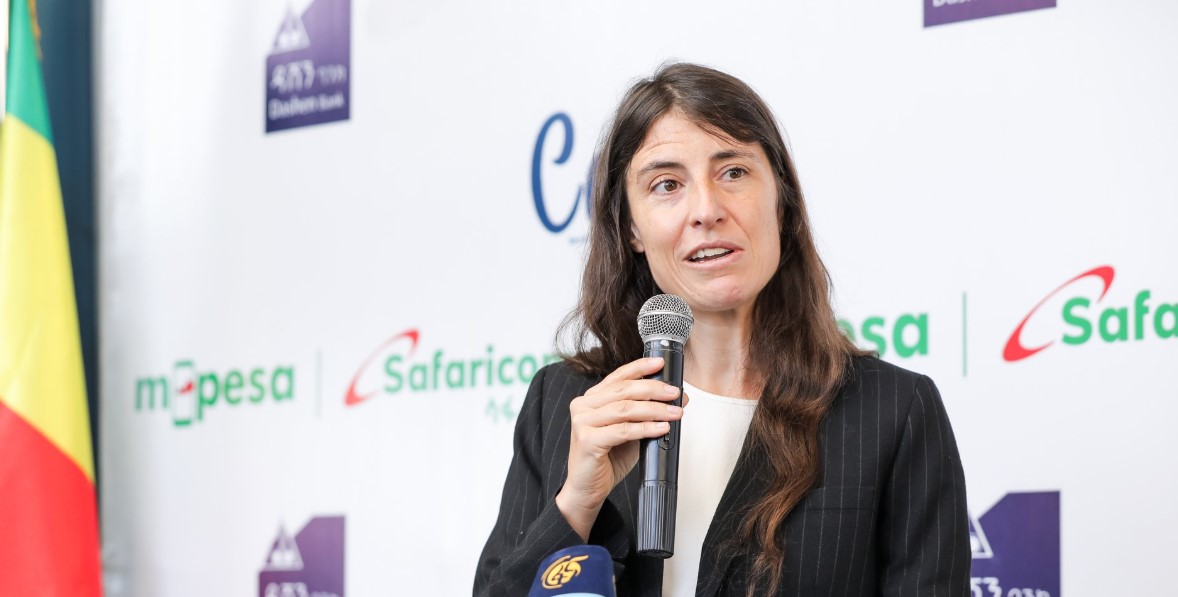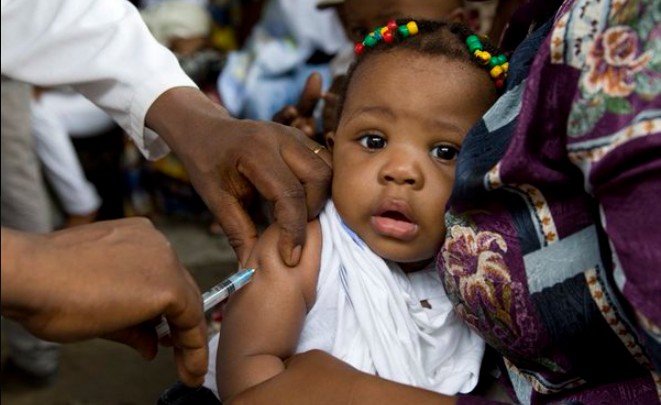WHO alarmed by tobacco industry strategies to keep young people hooked

The “Hooking the Next Generation" report shows that globally, an estimated 37 million children aged 13–15 years use tobacco, and that in many countries, the rate of e-cigarette use among adolescents exceeds that of adults.
A new WHO report has flagged a strategy by tobacco companies to target young people, which it says dates back to the 1970s, with this group considered "replacement smokers”, “pre-smokers”, and a critical market for sustaining the business and the future brands.
The World Health Organization (WHO) report, dubbed “Hooking the Next Generation," shows that globally, an estimated 37 million children aged 13–15 years use tobacco, and that in many countries, the rate of e-cigarette use among adolescents exceeds that of adults.
More To Read
An e-cigarette is a handheld electronic device that vaporises a liquid solution (often containing nicotine) into an aerosol mist, which is then inhaled by the user. It is designed to simulate the act of smoking cigarettes without burning tobacco.
E-cigarettes come in forms including cigalikes, which resemble traditional cigarettes in size and appearance; vape pen, which are larger and often refillable, resembling a pen or small tube; pod systems, which are small, compact devices with interchangeable pods containing e-liquid; and mods, which are advanced personal vaporisers that allow for customisation of settings like wattage and temperature.
These devices consist of a battery, a heating element (atomiser or coil), and a cartridge or tank that holds the e-liquid or vape juice.
A serious threat
E-cigarettes gained popularity by being branded as potentially less harmful.
The WHO notes, however, that despite significant strides in reducing tobacco use, the rise of e-cigarettes and other new products poses a serious threat to the youth and control efforts. Studies indicate that e-cigarette use increases the likelihood of conventional cigarette use among non-smoking youth nearly threefold.
The global body noted that the tobacco industry employs various tactics to position many nicotine products as "safer" alternatives to cigarettes, potentially diverting attention from nicotine's addictive and harmful nature, especially for children and youth.
Nicotine-containing e-cigarettes are highly addictive and pose health risks, including the generation of carcinogens and substances that increase the likelihood of heart and lung diseases. E-cigarette use can also impact brain development, potentially leading to learning and anxiety disorders in young users.
Tactics employed by the tobacco industry include launching products with child-friendly designs and flavours, positioning them prominently in retail environments frequented by children, leveraging digital platforms for marketing, enlisting influencers and celebrities for endorsements, sponsoring youth-centric events, and implementing pricing strategies that make products affordable to youth.
Despite efforts to downplay addictiveness and health risks, evidence worldwide indicates alarming rates of youth uptake of products like e-cigarettes. These tactics are effectively creating a new generation of tobacco and nicotine users, as most adults who use these products start during adolescence or young adulthood.
What governments can do
WHO Director-General Tedros Adhanom Ghebreyesus expressed concern during the launch of the report on May 23, 2024, saying the industry continues to entice young people with flavours such as candy and fruit.
"History is repeating itself as the tobacco industry attempts to market nicotine to our children in new packaging. They are targeting schools and young people with products that are essentially candy-flavoured traps. How can they claim harm reduction when they market these dangerous, highly addictive products to children,” he said.
WHO Director of Health Promotion Ruediger Krech also condemned these practices, saying, "These industries are intentionally designing products and using marketing strategies that appeal directly to children. Flavours like cotton candy and bubblegum, along with toy-like designs, are blatant attempts to addict young people to harmful products."
The WHO called on governments to enact measures such as 100 per cent smoke-free indoor public spaces, bans on flavoured e-cigarettes, strict regulations on marketing, higher taxes, and public awareness campaigns exposing industry tactics.
Jorge Alday, the director of STOP at Vital Strategies, highlighted the industry's motive, stating, "Addicted youth represent a lifetime of profits for the industry, driving aggressive lobbying for policies that make it cheap and easy for youth to get hooked."
“By collaborating, governments, health organisations, civil society, and empowered youth can build a future where the next generation is free from tobacco and nicotine addiction."
Kenya's case
In Kenya, vaping gained popularity in 2017 following the ban on shisha.
The availability of diverse flavours contributed to its appeal, along with the economic advantages of rechargeable and refillable vaping kits.
According to the 2022 report by the National Authority for the Campaign Against Alcohol and Drug Abuse (NACADA), one in every 12 Kenyans aged between 15 and 65, representing 2,305,929, were using tobacco.
The use of tobacco is also high among females, according to the report. One in every six males aged 15 and 65 years (2,018,655) and one in every 50 females (287,274) are using tobacco.
In 2020, Johns Hopkins Medicine reported a significant increase in lung injuries and deaths linked to vaping, with the CDC confirming thousands of cases of e-cigarette or vaping use-associated lung injury.
Vitamin E acetate, a thickening agent found in cannabis vaping products, was identified as a chemical of concern in these cases.
Top Stories Today















































